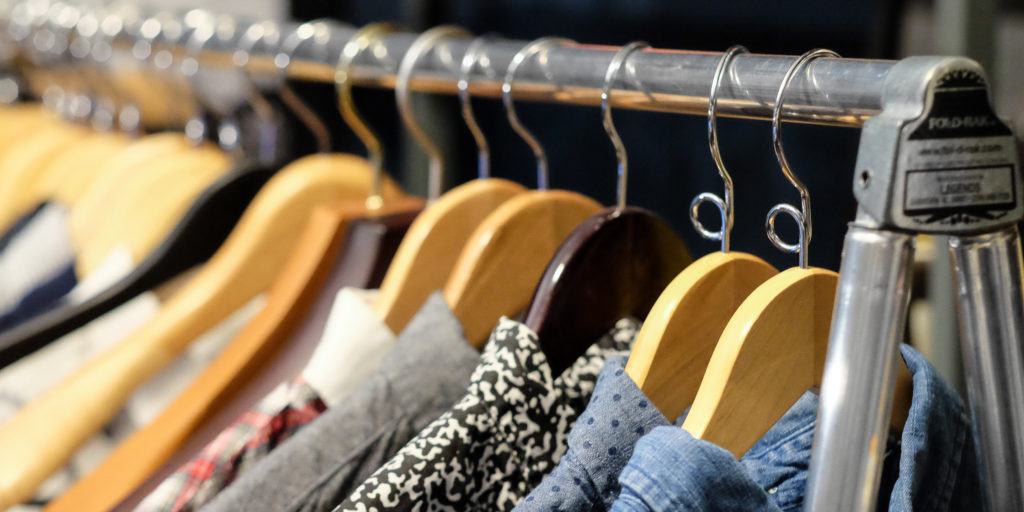After having the statistics of the ecommerce fashion industry in the previous blog, we can see that there is a wealth of growth opportunities for fashion and apparel retailers. Therefore, in this article, we will provide you with certain latest trends so you can apply it to your long-term strategy.
Personalization and Customer Engagement
This is the first trends that we want to recommend. The data presented by Nosto at a recent Growing Your Online Funnel Webinar point out that personalization is a leading factor in the ecommerce industry:
- 43% of purchases are influenced by personalized recommendations or promotions
- 75% of consumers prefer brands to personalize messaging, offers, and experiences
- 94% of companies see personalization as critical to current and future success
One way to apply this is by tracking user behavior, either session-by-session or by account. For example, you can base on personal online data such as search queries, page visits, and purchase history of your customers to recommend them some similar items. Of course, place yourself as a customer’s position, if you watched or bought an item, you will more likely to buy it.
Another example, visitors have either browsed or bought women’s clothing, then when they visit your website again, you should show some women-relevant products. Similarly, if they used to look for men’s clothing, you should give them an onsite experience that correlates.
Let Customers Buy From Everywhere
It is undeniable that social media has been a driving force in the fashion market. And these two things match with each other perfectly in the ecommerce industry. Particularly, the power of social are mixing product-centric content, mainstream influencer marketing, and micro-influencers.
An excellent example of excelling all three power is Fashion Nova. As CEO Richard Saghian’s claim that it is “the fastest-growing women’s apparel company”, Fashion Nova partners social-media dominance with a unique approach to fast fashion. It has 10 million followers on Instagram, partnerships with celebrity accounts like Sarcasm Only, Cardi B, and Kylie Jenner. In addition, it owns an army of over 3,000 micro-influencers.
The real value of social is it can integrate multi-channel ecommerce to create anywhere commerce. Besides simply sharing or advertising on social, multi-channel ecommerce lets your customers buy items directly from the social media that they are spending their time. For instance, shoppers can buy on Instagram, Facebook Shops, Buyable Pins, etc.
Related: The Ecommerce Fashion Industry 2019 Statistics
AI, Assistants, and Chatbots
This year, robots such as chatbots and artificial intelligence (AI) will invade ecommerce stores. These technological innovations will help you to improve the customer’s overall shopping experience. They can help you handle a number of tasks, which saves your time and your money.
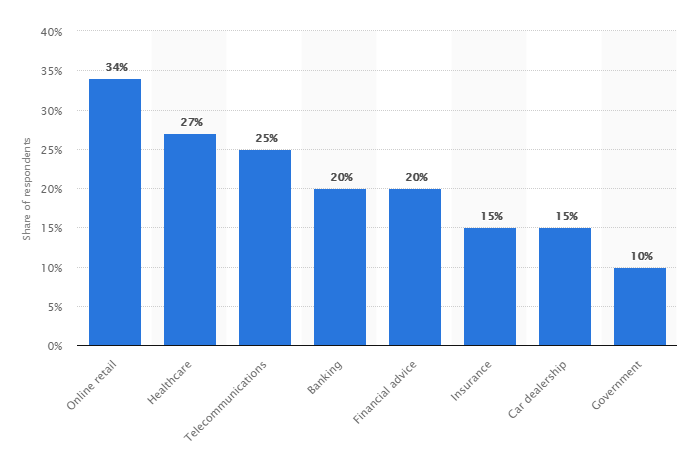
Particularly, Al assistants can deal with certain tasks such as managing inventory or handling inquiries. Besides AI assistants, chatbots can fulfill a number of customer service needs. According to a report of a 2017 Statista study, 34 percent of shoppers said they would be comfortable getting answers to their questions from AI, such as a chatbot or virtual assistant. In addition, both AI and chatbots can learn from customer conversations. Then, they evolve to better assist in a user’s personalized ecommerce experience.
Interactive Product Visualization
As a customer, whenever you buy something, you may wonder that “Is this product going to be exactly what I need?” or “Is this a quality product? Or, is this a knock-off?”. Therefore, your brand should offer some extra feature to let your customer see the product, feel it, hold it in our hands, and remove all feelings of doubt before purchasing.
With today’s technology, you must provide your customers at least high-quality images of products. Or if you can offer high-tech features such as virtual reality, 3D imaging, augmented reality. In addition, you also can give your customers a laptop-friendly or mobile-friendly experience.
Not just imagines, videos also envolve to be more engaging. It no longer just is a cheesy infomercial. Now, it is an immersive, 360-degree online shopping experience. With interactive product visualization technology, you can bring tangible in-store experience to online consumers.
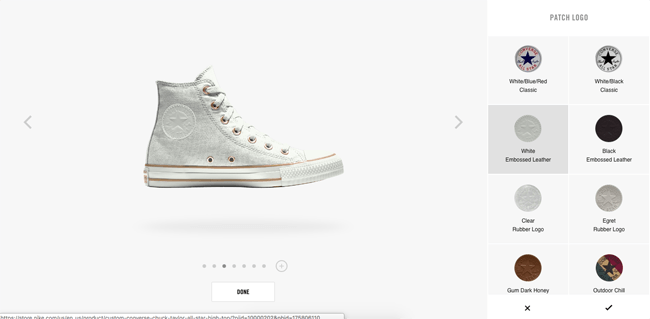
A successful example, in this case, is Converse. It lets its customers customize their shoes online. Shoppers can build their own design through turning, flipping, and zooming in on the shoe. Therefore, before submitting their order, they can be confident that this is exactly the shoes that they desire.
Going Global
As in the past, the fashion industry was mainly developed in the West, today it has expanded to the whole world.
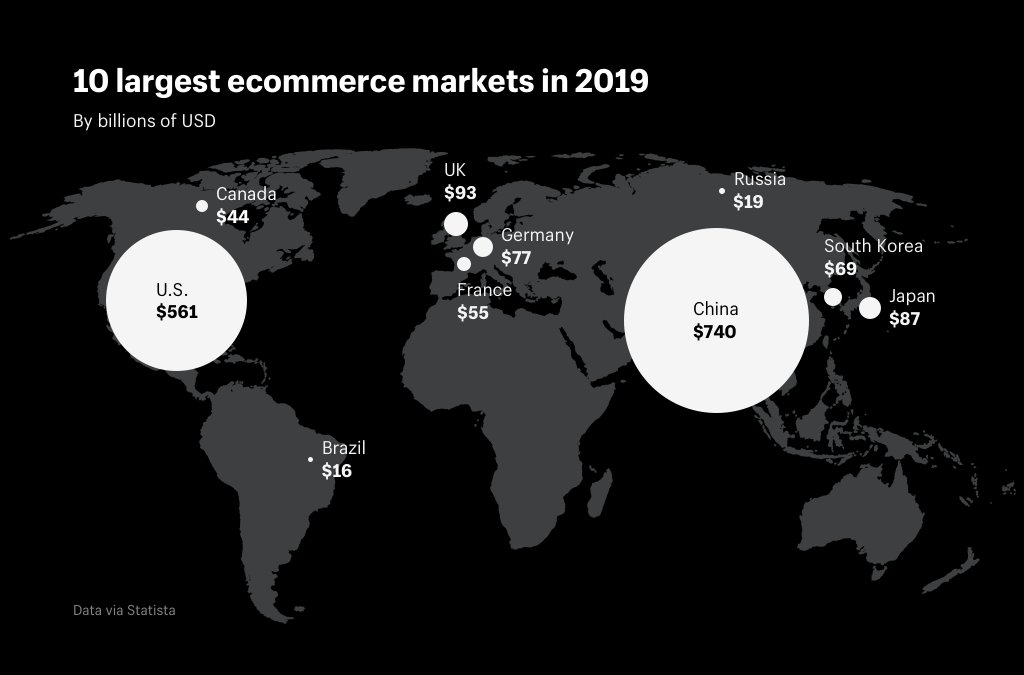
Fashion-related products (as reflected in rising purchase rates) are among the most in-demand:
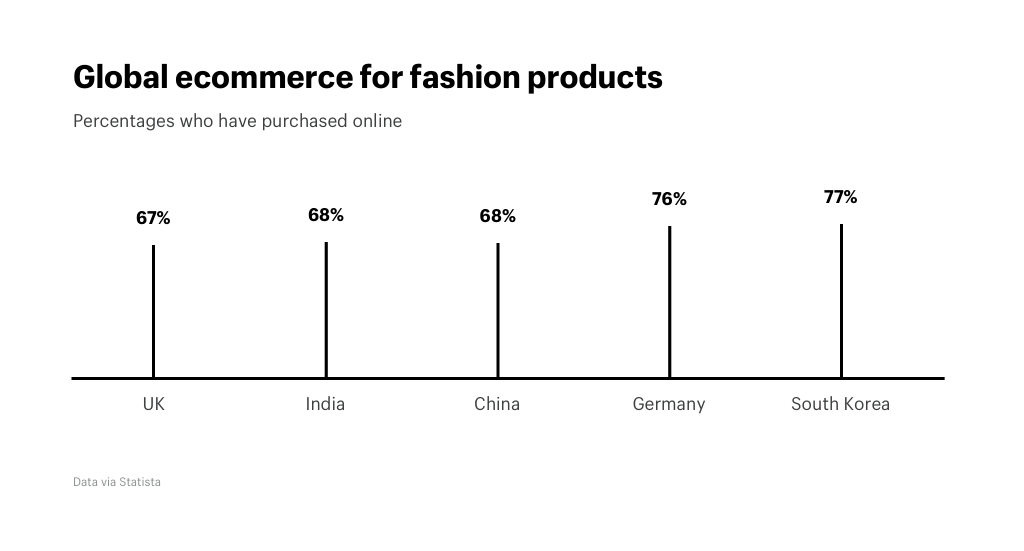
But remember that going global actually means getting local. To illustrate let look at an example of an Australian watchmaker, The 5TH, establishing themselves as a truly borderless brand.
“We ship around the world from Melbourne, but we had to connect better with our international audiences,” says The 5TH co-founder Alex McBride. “Working with Shopify allowed us to do that so seamlessly and so easily. Everything was managed so effectively on the backend that now we have four Shopify stores for each of the regions in which we do the most business.”
